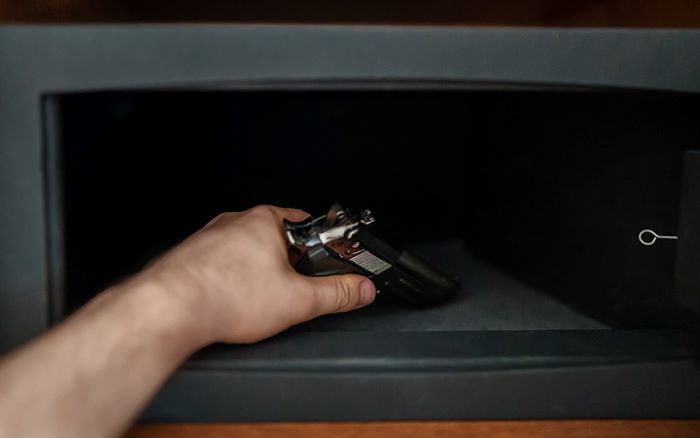Choosing the right firearm for your personal safety is a significant decision that requires careful consideration and understanding of various factors. Whether you are a first-time buyer or looking to add to your collection, the right firearm should meet your personal safety needs, fit your lifestyle, and comply with legal requirements. Here we compiles expert tips to guide you through the process of selecting the appropriate firearm for your individual needs.
Understand Your Purpose and Needs
The first step in choosing a firearm is to clearly understand why you need it. Are you looking for a gun for home defense, concealed carry, or recreational shooting? Each purpose has different implications for the type of firearm that would be most suitable. For instance, a handgun might be more appropriate for concealed carry, while a shotgun or rifle might be better suited for home defense due to their stopping power.
Know the Laws
Before making any decisions, it is crucial to be aware of the local, state, and federal laws regarding firearm ownership, carry permits, and use. These laws can vary widely and affect your choices. For example, some states have restrictions on certain types of firearms or magazine capacities. Understanding these laws will help you choose a firearm that is not only effective for your safety needs but also legal in your area.
Consider Size and Caliber
The size and caliber of the firearm are important factors to consider. A larger caliber might offer more stopping power, but it also comes with greater recoil, which can be challenging for some shooters to handle effectively. On the other hand, smaller calibers may have less recoil and be easier to shoot accurately, but they may not offer the same level of stopping power. When considering size, think about how you plan to carry and store your firearm. A smaller firearm like the Kel Tec P17 may be more convenient for concealed carry but may also be more difficult to handle and shoot accurately.
Assess Comfort and Fit
A firearm should feel comfortable in your hand and fit your body well. This is crucial for both safety and accuracy. When possible, handle different firearms to assess their weight, grip size, and overall ergonomics. Many gun shops and ranges offer the opportunity to rent firearms, which can be a great way to try before you buy. The right fit can significantly affect your ability to draw, aim, and fire the weapon effectively.
Training and Practice
Choosing a firearm that you are willing and able to train with regularly is vital. Regular practice is essential for maintaining proficiency, safety, and confidence in handling your firearm. Consider the availability and cost of ammunition for practice, as well as access to a safe location where you can train regularly.
Reliability and Maintenance
Look for firearms known for their reliability and ease of maintenance. Your personal safety firearm should be able to perform when needed without fail. Research different models, read reviews, and talk to experienced owners to get a sense of which firearms have the best track record for reliability. Additionally, consider how easy it is to clean and maintain the firearm, as regular maintenance is crucial for ensuring reliability.
Consult with Experts
Consulting with experienced firearms instructors, law enforcement professionals, or knowledgeable gun shop employees can provide valuable insights into choosing the right firearm for your needs. They can offer personalized advice based on your specific situation, recommend models that fit your criteria, and provide tips on handling and safety.
Consider Future Needs
While your current needs are the most important factor in choosing a firearm, it’s wise to consider potential future needs. For example, if you plan to move to a different state with different laws, or if you anticipate your personal safety needs changing, these factors might influence your choice.
Conclusion:
Choosing the right firearm for your personal safety needs is a deeply personal decision that should be made with careful consideration of your specific situation, needs, and legal requirements. Understanding your purpose, knowing the laws, considering size and caliber, assessing comfort and fit, prioritizing training and practice, ensuring reliability and ease of maintenance, consulting with experts, and considering future needs are all crucial steps in the process. By taking the time to thoroughly explore these factors, you can select a firearm that provides you with the confidence and capability to protect yourself and your loved ones.

